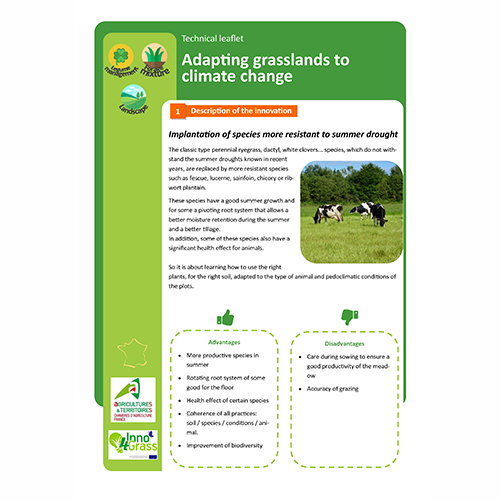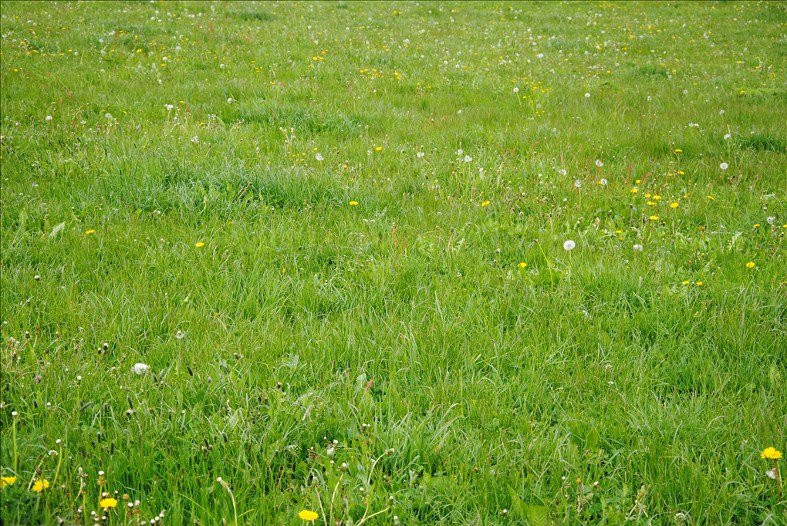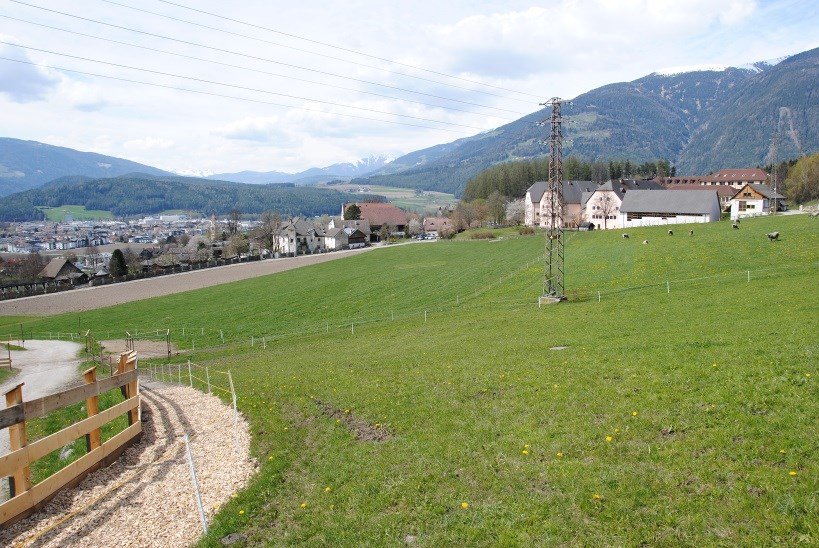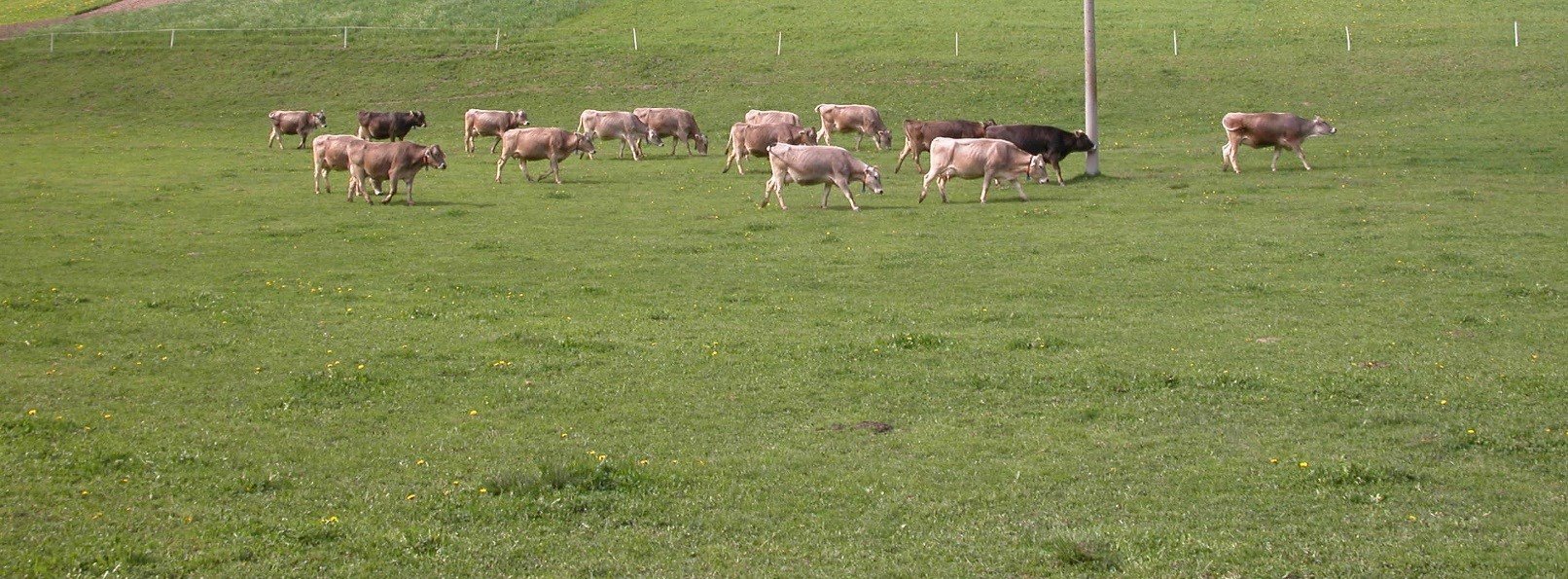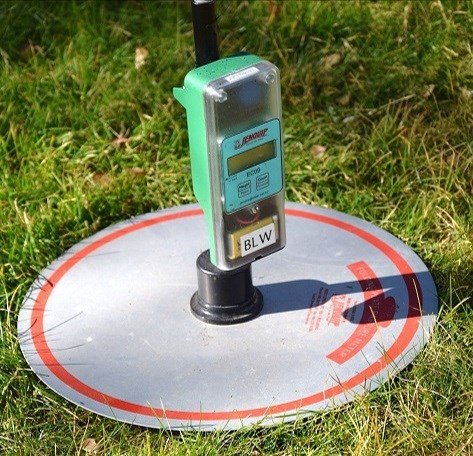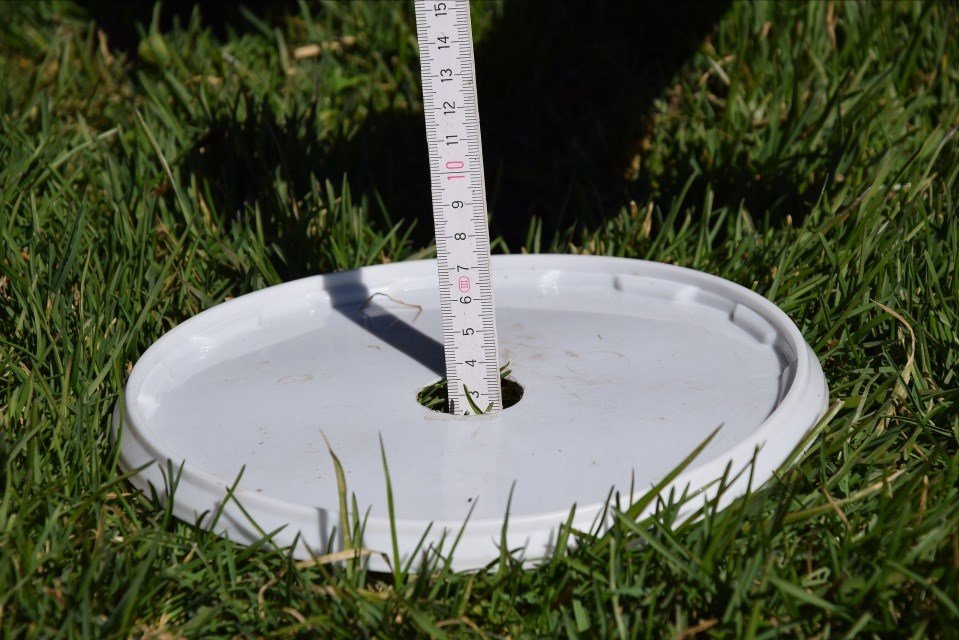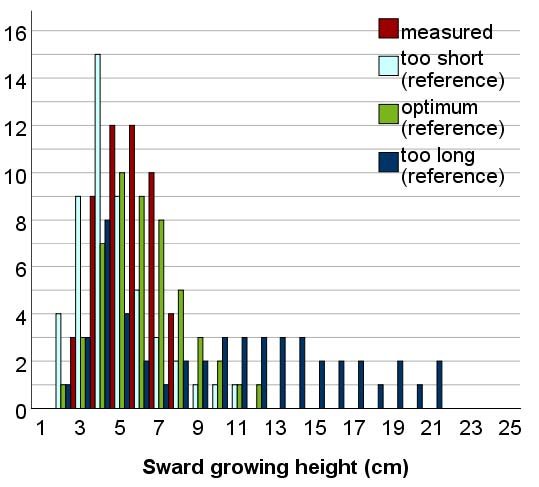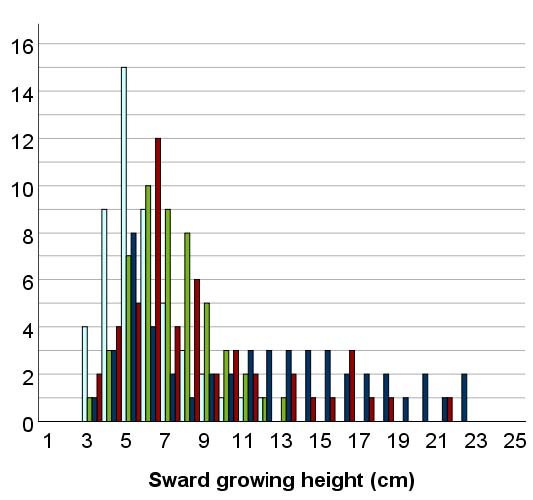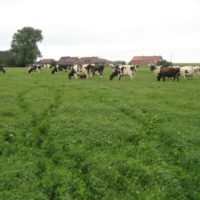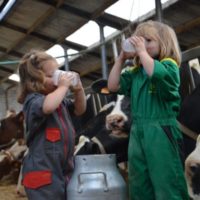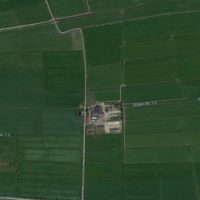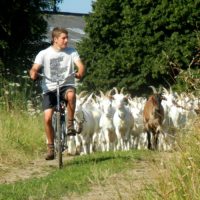Grass measurements in compartmented short sward grazing
Description
Description of the innovation
Short sward grazing (German: Kurzrasenweide) is a continuous variable stocking method aiming at keeping a short target sward height (usually around 5-7 cm) by adapting the size of the grazing area to the grass growth rate. Usually, the whole grazing area, suitable to feed the available number of animals, is grazed at the beginning and towards the end of the growing season, whilst the grazing area is reduced in time of high growth rate of grass and the areas not grazed are mown to produce hay or silage. Keeping the target sward height, if correctly performed, allows a constant and good forage quality throughout the grazing season.
The compartmented short sward grazing consists in dividing the whole grazing area into three to four compartments (paddocks) of more or less equal size (or productivity, in case the productivity of the grazing area is not homogenous in terms of soil type or topographic features).
Measurements of the sward height (50 measurement points per paddock) are taken weekly by rising plate meter (see examples of devices below) according to the usual practice.
The measurements of sward height used not only to compute the mean sward height, but also their distribution in form of a histogram, which can be compared with an optimal theoretical distribution. This allows quantifying also the occurrence of dung patches and the uniformity of the grass growth. The results are used to timely draw a weekly grazing plan, in which animals can be moved daily to one of the paddocks. If the grazing area has been subdivided into three compartments, in a situation of equilibrium between grazing pressure and grass growth, each paddock can be grazed about two days a week. Deviations from the equilibrium can be timely detected and the number of grazing days within the week can be flexibly adapted if one or more paddocks show a deviation of the sward height and grass growth distribution.
- Mean growing height: 5.6 cm
- The sward is slightly shorter than the optimum
- Decision: slight reduction of the grazing pressure
- Mean growing height: 9.5 cm
- The sward is too long; high number of dung patches
- Decision: increase of the grazing pressure
Results obtained with the adoption of the innovation
The measurements allow identifying at an early stage under- and overgrazing at the level of each paddock as well as areas to be excluded from grazing because of exceeding the grazing capacity of the animals. In this way, grass can be kept at an early, more or less constant phenological stage with high forage quality throughout the whole grazing season and a reduction of forage losses. Grazing beginners gain in short time a good training level concerning short sward grazing and therefore shorten their training phase. In the end, the efficiency and effec-tiveness of the system is improved.
Why the innovation works
Dividing the grazing area into compartments (paddocks) and measuring grass growth within each compartment allows gaining a better insight into the current forage availability of the grazing area, increasing the learning speed of farmers just beginning to apply the method of the short sward grazing and provides a sound tool to optimize the grazing management un-der variable weather conditions, thus improving its efficiency and effectiveness.
Advantages
For the short sward grazing in general:
- Lower labour and material costs in comparison to mowing
- High and constant forage quality throughout the entire vegetation period
- Low forage losses and low pasture maintenance necessary under optimum management
- Dense sward with good resistance against trampling
For the compartmented short sward grazing:
- Better overview of the currently availa-ble grass and thus an objective basis for decision-making on management
For the growth measurements:
- Objective basis for decision-making; knowledge enables a faster reaction to extreme situations
- Measurements allow grazing beginner farmers to shorten their training phase
- Good overview of the development of the grazing areas over time; trends can be derived from this and the manage-ment can be planned and adapted
- The optimization of the management improve the efficiency of the produc-tion system: keeping the target growing height of the sward prevents both an overutilization (weakening of the sward) and the senescence of the sward. Thus, a higher and more constant forage quality is achieved, which results in a cost reduction through re-duced use of concentrates
- If the measurements are carried out according to a standardized procedure, they are comparable and different persons can carry out the measurements
Disadvantages
For the short sward grazing in general:
- Flat to gently sloped areas are neces-sary to implement the method, in order to avoid trampling damages and uneven grazing pressure
- Good soil water supply (or irrigation) is necessary to prevent growth stops due to drought
- The sward must be mainly constituted by turf-forming grasses withstanding a very frequent utilization
- Fertilisation is difficult during the grow-ing season as the animals are more or less continuously grazing the whole pasture; there must be sufficient area for moving the animals to another paddock during time of fertilisation
For the compartmented short sward grazing:
- Effort to plan and fence the compart-ments (paddocks)
- A system is advisable to access all pad-docks from the stall (gate system)
- Several watering spots are required
For the growth measurements:
- Time effort for measurements, docu-mentation and data management
- Schedule commitment: the growth measurements must be taken at regular intervals (e.g. once a week)
- The benefit of the measurements is not directly apparent, as long as the knowledge gained is not used to make decisions
- The confidence in the measurements and the awareness of their value for grazing planning is partly lacking among practitioners
- The understanding and acceptance of the other farmers for the meaningfulness of the measurements is partly missing
More information
- Peratoner, G.; Mairhofer, F.; Klocker, H.; Dangers, L. (2019): Gras messen – Beweidung planen. Südtiroler Landwirt 73 (5), 54–57.
- Starz, W.; Steinwidder, A.; Pfister, R.; Rohrer, G. (2010): Continuous graz-ing in comparison to cutting management on an organic meadow in the eastern Alps. Grassland Science in Europe 15, 1009–1011.
- Steinberger, S. (2011): Der Weideprofi misst seinen Grasaufwuchs. https://www.lfl.bayern.de/mam/cms07/ite/dateien/31061_anleitung_zur_grasaufwuchsmessung.pdf
- Thomet, P.; Cutullic, E.; Bisig, W.; Wuest, C.; Elsaesser, M.; Steinberger, S.; Steinwidder, A. (2011): Merits of full grazing systems as a sustainable and efficient milk production strategy. Grassland Science in Europe 16, S. 273–285.
Additional information
| Domains of innovation | grazing management system |
|---|---|
| Main types of animal | beef cattle, dairy cattle, dairy goats, dairy sheep |
| Country | Italy |
| Product type | Technical leaflet |
| Language | English, German |
